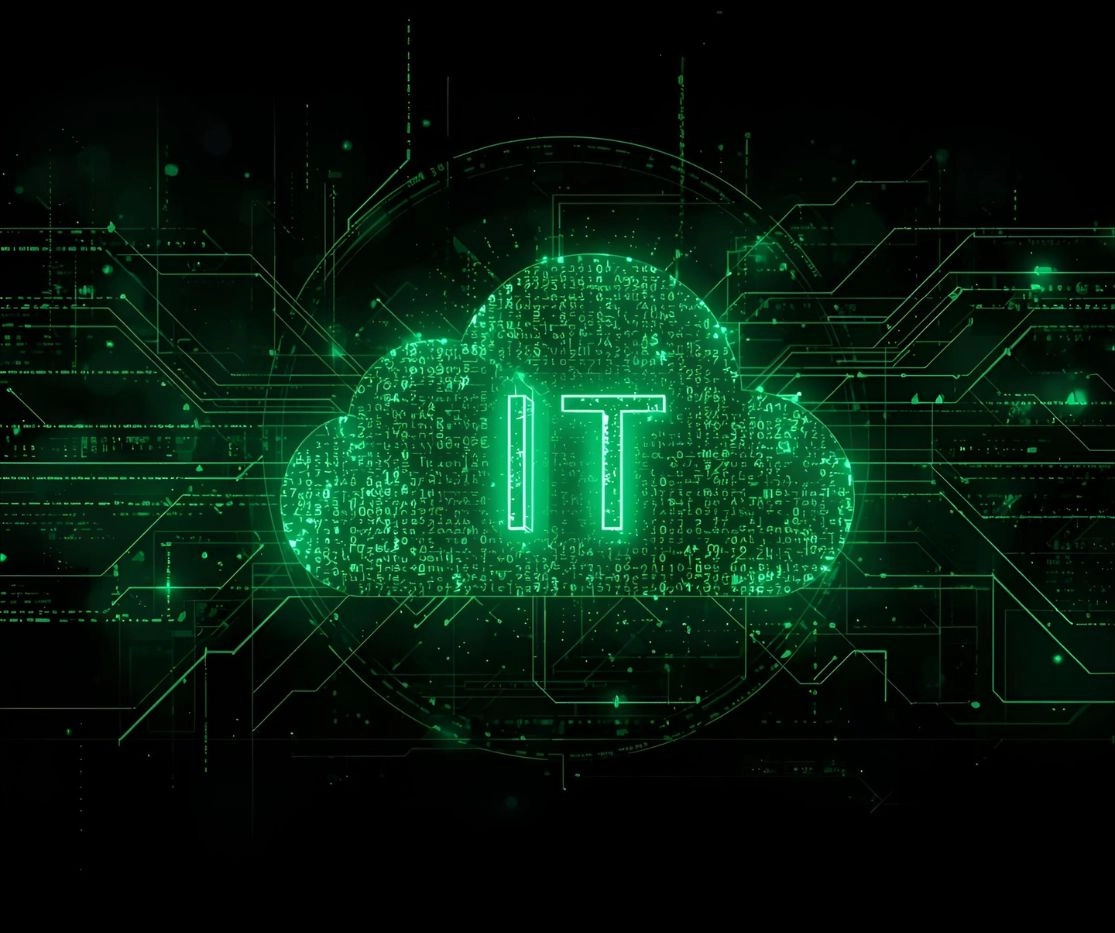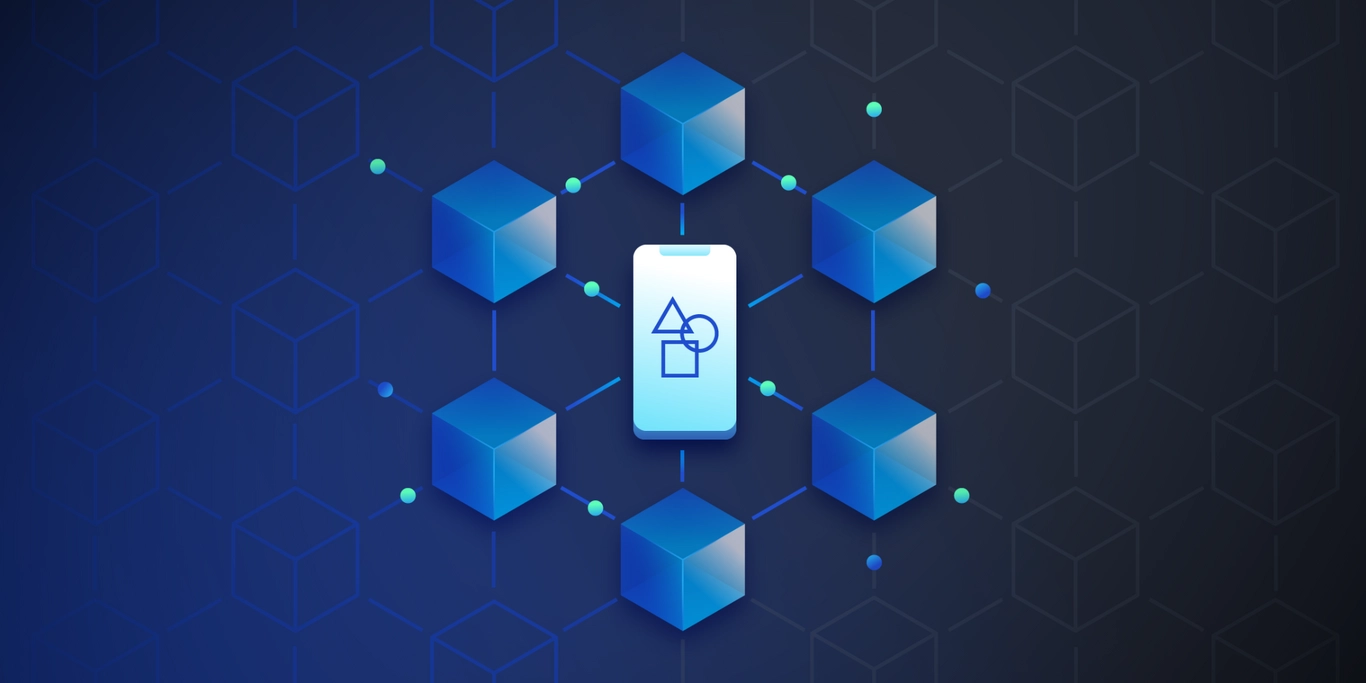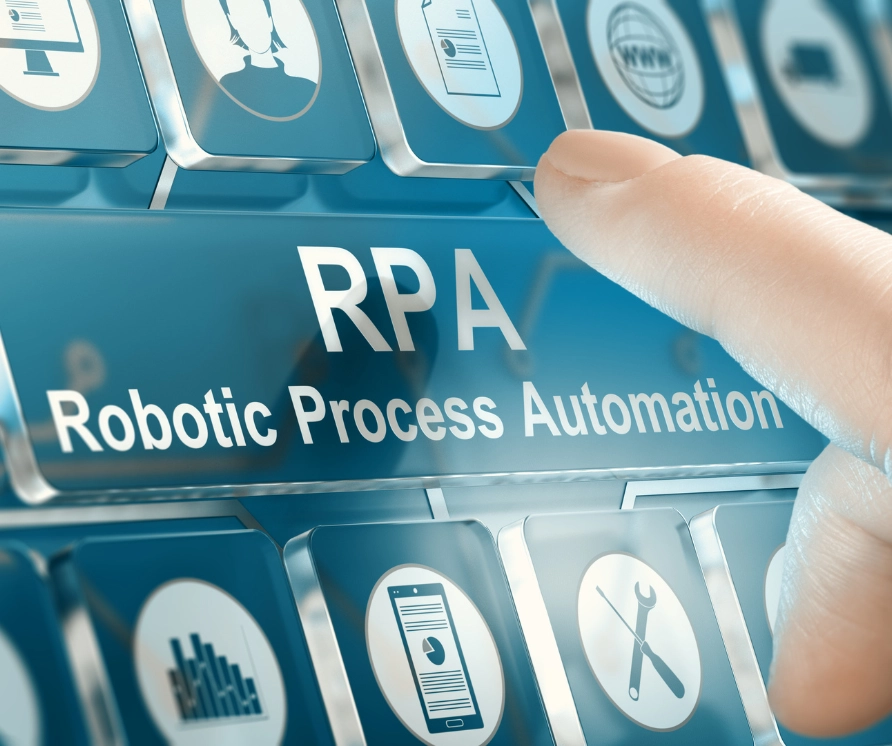Cloud computing sits at the heart of digital transformation. Yet behind its apparent immateriality lies a significant energy cost. Data centers, generative AI, and IoT are consuming more power than ever. The Green Cloud has emerged as a strategic response—reducing environmental impact while maintaining performance and agility.
A Strategic Imperative for Businesses
Sustainability is no longer optional—it’s a business necessity. Cloud providers are investing in renewable energy and carbon neutrality. Enterprises, in turn, are embracing Green FinOps, combining cost optimization with carbon reduction. The Green Cloud is not just a technical shift; it’s a strategic one. It requires rethinking architecture, usage, and priorities.
According to the International Energy Agency, data centers already consume nearly 1% of the world’s electricity, and that share could triple by 2030 if no action is taken. Conversely, optimized cloud migrations can cut IT-related emissions by up to 30%. These figures highlight that beyond the risks, the Green Cloud represents a tangible opportunity to align performance with sustainability.
Innovation and Automation: Reducing Waste
Technology itself is becoming a driver of sustainability. Automation powers down idle resources, while dynamic scaling adjusts capacity to match real-time demand. Edge computing brings data processing closer to the source, reducing energy-hungry transfers. Serverless computing adapts power usage to real workloads.
Several levers help reduce the environmental footprint:
- Smart automation: automatically shutting down unused servers.
- Dynamic scaling: adjusting resources based on real-time demand.
- Edge computing: processing data closer to the source to reduce network load.
- Serverless computing: using only the exact computing power required.
Each optimization matters—and combined, they can significantly transform the cloud’s environmental impact.
Sustainable Software and Eco-Design
The cloud’s carbon footprint also depends on software design. Eco-design principles aim to reduce energy use through efficient code, optimized data flows, and lighter maintenance. Beyond sustainability, these practices enhance operational efficiency and software performance.
Challenges Ahead
The Green Cloud still faces challenges. Greenwashing remains a risk, local energy mixes vary, and initial investments can be high. Measuring indirect or “scope 3” emissions is complex. Yet every step forward strengthens both resilience and competitiveness.
A Shift Worth Making
The Green Cloud is more than a trend—it’s a transformation. It helps reduce costs, meet upcoming regulations, and strengthen brand reputation. Companies embracing it today turn environmental responsibility into strategic advantage.
At Berexia, we help organizations navigate this shift. Our cloud and data expertise enables us to design solutions that are high-performing, flexible, and sustainable—aligned with both business goals and environmental impact. Because today, innovation means building responsibly.
